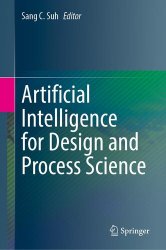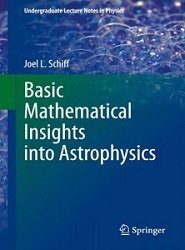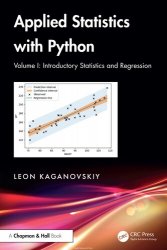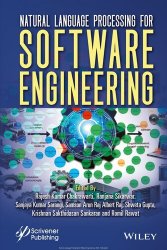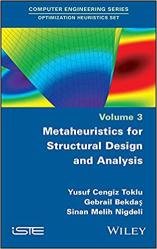 Название: Metaheuristics for Structural Design and Analysis
Название: Metaheuristics for Structural Design and AnalysisАвтор: Yusuf Cengiz Toklu, Gebrail Bekdas
Издательство: Wiley-ISTE
Год: 2021
Страниц: 251
Язык: английский
Формат: pdf (true), epub
Размер: 12.3 MB
Metaheuristics for Structural Design and Analysis discusses general properties and types of metaheuristic techniques, basic principles of topology, shape and size optimization of structures, and applications of metaheuristic algorithms in solving structural design problems. Analysis of structures using metaheuristic algorithms is also discussed. Comparisons are made with classical methods and modern computational methods through metaheuristic algorithms. The book is designed for senior structural engineering students, graduate students, academicians and practitioners.
This book is about the use of metaheuristic algorithms on two different but closely related subjects, namely structural design and structural analysis. Indeed, these subjects are different, but every engineer knows that structural design involves structural analysis, most of the time applied many times in order to finish the design. Applications of metaheuristic algorithms on design problems began as early as the first appearance of these algorithms, in the second half of the 20th century. In these works, analysis of parts were being performed by using the well-known finite element method (FEM) or some other techniques. In the literature, we can find an important accumulation of such applications, predominantly in scientific media. Despite the abundance of these works, engineers are still far from using them extensively in practice. The studies are still at the academic level except for certain problems, like some structural parts or components and some simple trusses.
The existence of FEM enabled engineers to easily and accurately analyze the behavior of common structures in a very large domain. But for some uncommon problems involving nonlinearities and discontinuities, the elegant FEM ceases to be sufficient and efficient. The use of energy principles combined with basic concepts of FEM – recently referred to as the Finite Element Method with Energy Minimization (FEMEM) – is shown to be able to solve these special problems with the help of metaheuristic algorithms. The studies in this field are also still at a primitive level, and far from being available in practice.
Thus, it can be said that applications of metaheuristic algorithms are not sufficiently developed for engineers, either in design or in analysis. But in both fields, the trend is for great advances to be made continuously, in every corner of the world, so that the subject is a highly dynamic one, and the goal to be attained is still way ahead.
Day by day, the number of metaheuristic algorithms increases. The newly developed methods sometimes outperform the existing algorithms for specific problems. The use of variants from existing methods, such as classical ones, is an active area of research, since a metaheuristic method may be best for one type of problem, while it is not the best choice for another type of problem. In that case, a problem must be tested for several algorithms and compared with the others, by considering statistical performance and computational time. This situation is called the “no-free-lunch” theorem.
In the development of metaheuristic algorithms, the use of biological evolution mechanisms, such as reproduction, mutation, recombination and selection is the most well-known technique, and these algorithms are grouped as evolutionary algorithms. In this class, the most popular and oldest algorithms are genetic algorithms. For that reason, the other newly generated evolutionary algorithms are referred to as variants of genetic algorithms.
Contents:
Preface
Introduction
1 Evolution of Structural Analysis and Design
2 Metaheuristic Algorithms
2.1. A brief history of the development of metaheuristic algorithms
2.2. Generalities about metaheuristic algorithms
2.3. Evolutionary algorithms
2.4. Swarm intelligence
2.5. Other metaheuristic algorithms
3 Application of Metaheuristic Algorithms to Structural Problems
4 Applications of Metaheuristic Algorithms in Structural Design
5 Optimization of Truss-like Structures
6 Optimization of Structures and Members
7 Optimization in Structural Control Problems
8 Applications of Metaheuristic Algorithms to Structural Analysis
Future Trends
References
Index
Скачать Metaheuristics for Structural Design and Analysis
[related-news] [/related-news]
Комментарии 0
Комментариев пока нет. Стань первым!

